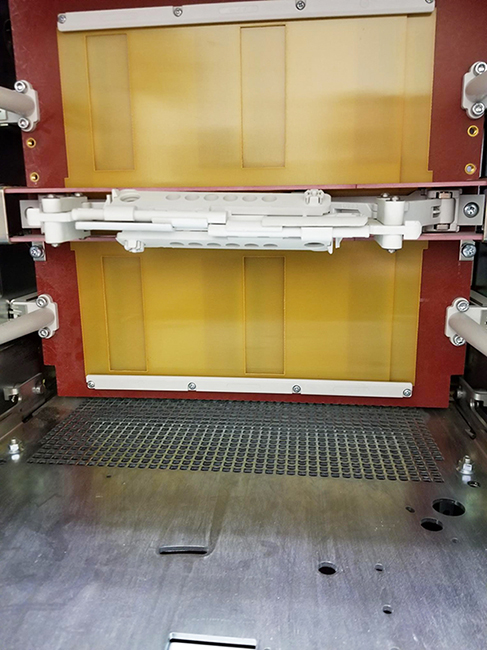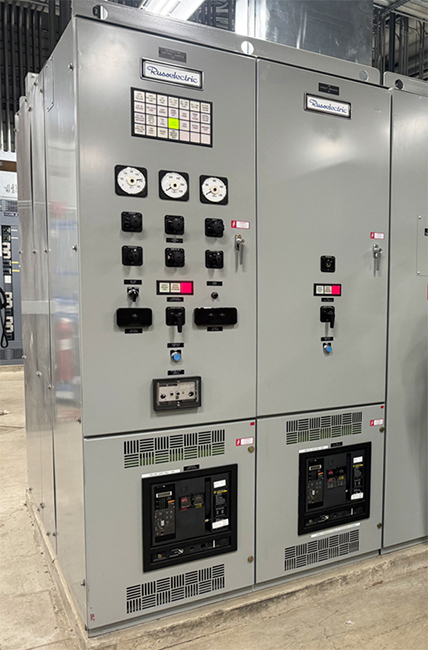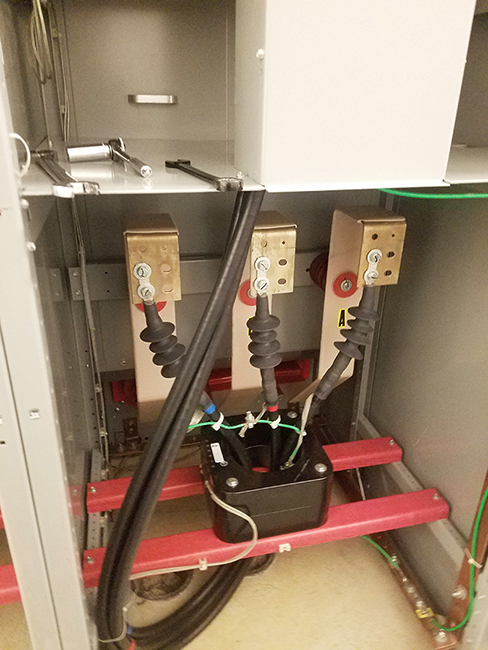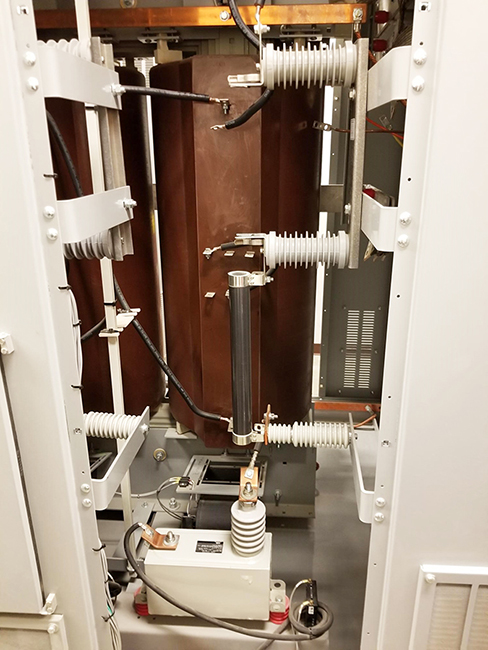Introduction
Preventive maintenance (PM) is a critical aspect of equipment management, ensuring longevity, efficiency and safety. In this resource post, we’ll explore the details of a recent preventive maintenance event on a customer’s low and medium voltage switchgear, highlighting its importance, execution, challenges, and outcomes.
Overview of Event
The event took place in Spring 2024 and involved several key participants. TechSite managed and coordinated the event, provided daily communication and updates, wrote and executed the Method of Procedure (MOP), and dealt with any unexpected issues. The customer coordinated internal operations and gave the all-clear to proceed each day. An electrical subcontractor tested breakers and the mechanical operation of gear, while a relay subcontractor tested control relays.
To prepare for the event, we met with customer stakeholders to brief them on the work to be done, safety precautions, and gear redundancies to maintain operation of the critical facility. TechSite developed the MOP through a series of steps, including:
- Content Development (Document Preparation)
- Tabletop walkthroughs
- Onsite walkthroughs
- High-level reviews with the customer
We also produced a contact list for use in daily approvals, notifications, and emergencies.
The main goals of the event were to test breaker operation, relay functionality, and switchgear response as part of a continuous multi-year maintenance plan managed by TechSite. Also included in the event was testing the operation of breaker trucks, repairing or replacing any breakers and relays that proved faulty, and documenting any needed repairs for future address. Additionally, we tested switchgear operation under controlled conditions and documented any non-conforming operations.
During the event, a senior TechSite engineer managed the PM event, supervised MOP execution, and was the main point of contact with customer personnel. A TechSite technician executed the MOP, coordinated activity with subcontractors, and engaged the senior engineer if there were any discrepancies in MOP or operational failures of switchgear. Subcontractors performed PM work on relays, breakers, and switchgear. The customer liaison was the main point of contact for customer communication.
Execution of the Event
The execution of the maintenance tasks involved several initial inspections. We verified switchgear controls in normal operation, critical electrical systems (UPS / STS / PDU) in normal operation, and critical mechanical systems (AHUs, FCUs, Chillers, CWPs) in normal operation.
Key maintenance activities included:
- Testing main switchgear breakers
- Lubricating mechanical components
- Operating breaker trucks
- Checking the operation of switchgear breaker safety shutters
- Testing control relays
- Checking the operation of Kirk Key systems
- Checking switchgear power wiring connections
- Cleaning switchgear tubs, and cleaning and testing switchgear transformers
Secondary tasks included testing switchgear operation and providing a training opportunity for facilities personnel to operate switchgear controls and observe switchgear operation under “abnormal conditions.”
Safety
Safety protocols were rigorously followed. We worked with the utility supplier to pull incoming utility power from switchgear sections before allowing electricians to access switchgear. We cross-checked MOP steps with the electrical vendor during isolation of gear and obtained signoff from all parties that gear was properly isolated from upstream, cross-stream, and downstream sources of power. Lockout/Tagout (LOTO) procedures were utilized to guarantee that critical isolation breakers could not be closed while PM work was ongoing.
Challenges and Outcomes
Several challenges were faced during the event. Common issues included scheduling multiple vendors to coordinate work, maintaining communication with all customer stakeholders, and maintaining spares on hand to replace components that failed testing. Unexpected problems also arose, such as rescheduling of some work due to timing conflicts, and switchgear not operating per Sequence of Operation (SOO), requiring modifications to the MOP sequence to complete the work.
The outcomes and results of the event were positive. We successfully completed the PM with no unplanned loss of critical power or cooling. Remediation work during the event included replacing failing bolts, identifying and removing failing protective shutters, replacing a failing relay, and reseating a loose terminal block. Feedback from team members and other stakeholders was positive and the customer was pleased with the communication.
Closing
This recent preventive maintenance event showcased the importance of detailed planning, effective communication, and TechSite’s extensive experience running PM events. By conducting thorough inspections, addressing unexpected challenges, and continuously improving our processes, we were able to achieve the PM events goals and enhance the reliability of the customer’s equipment.
Preventive maintenance is not just about fixing what’s broken but ensuring everything runs smoothly to avoid future issues. We encourage all organizations to prioritize preventive maintenance to safeguard their operations and equipment, especially in mission-critical and data center environments. If you have any questions or need more information, please contact us, our team of experts is ready to help!




